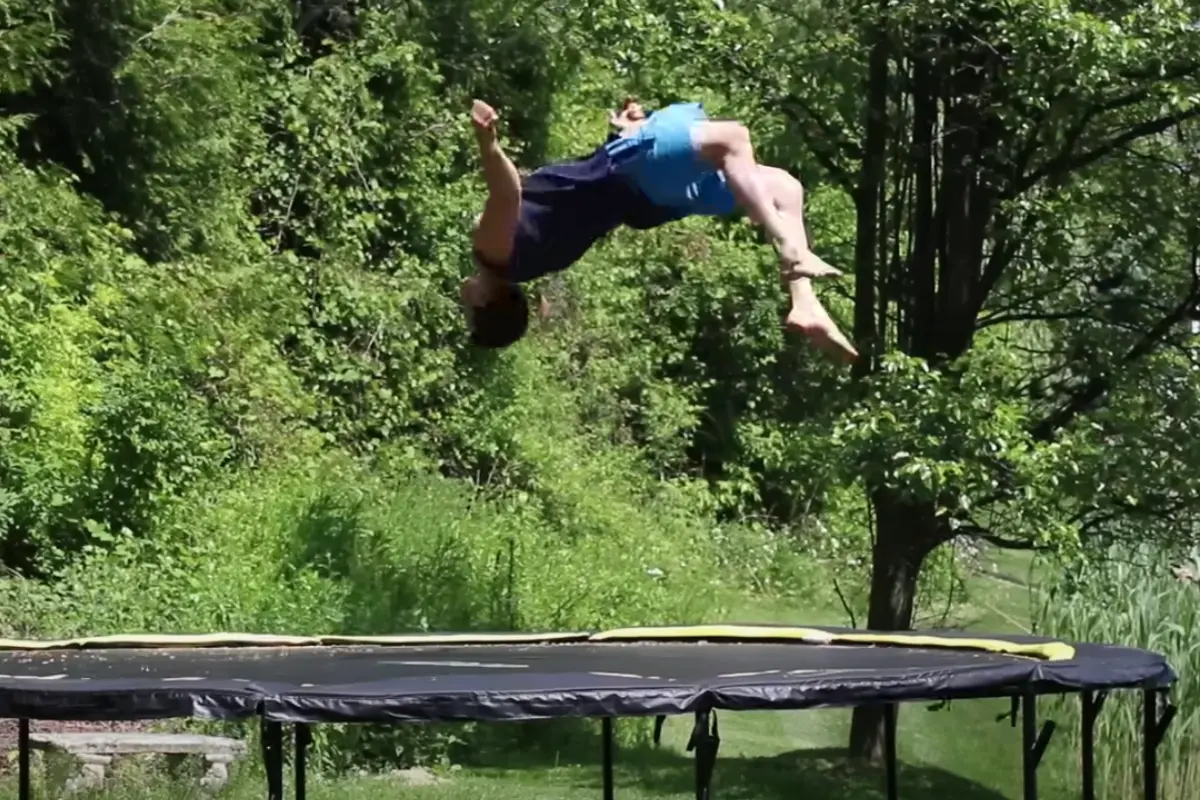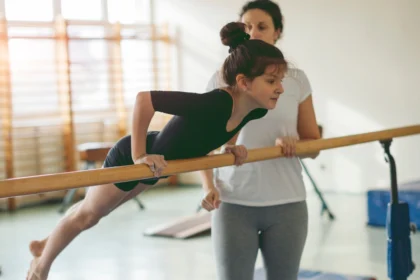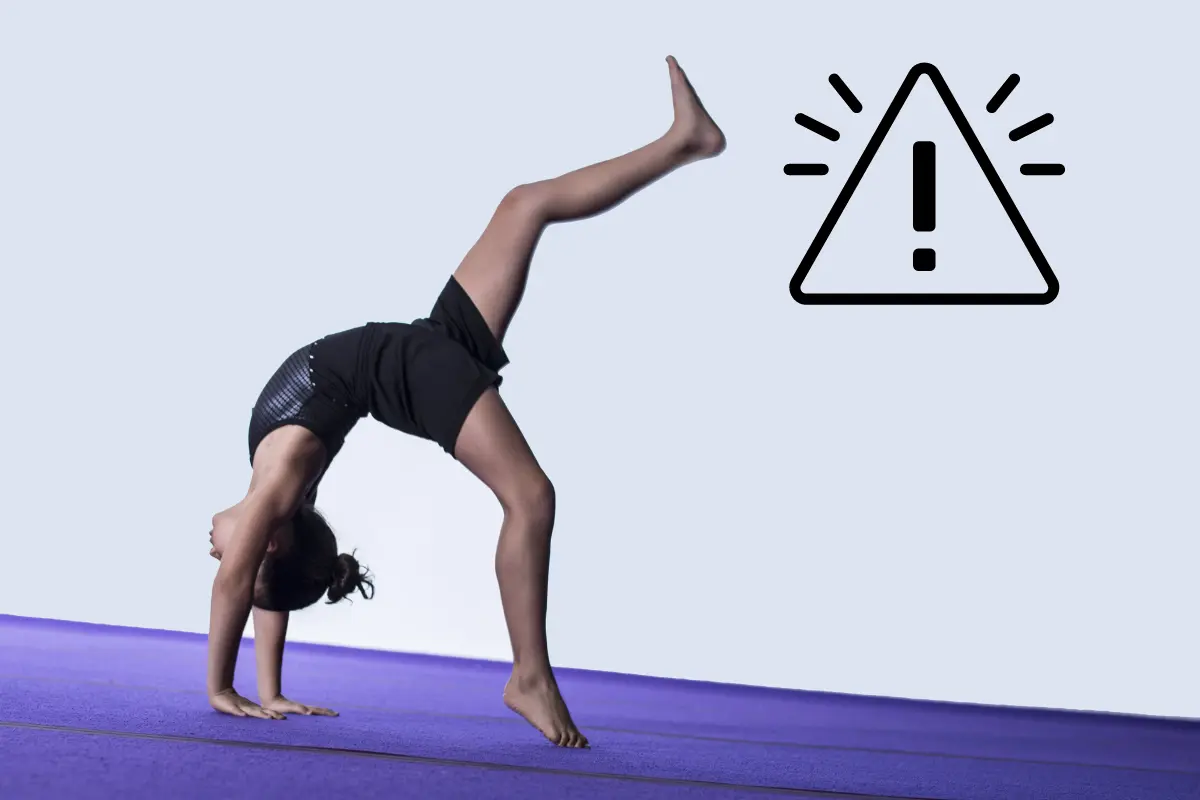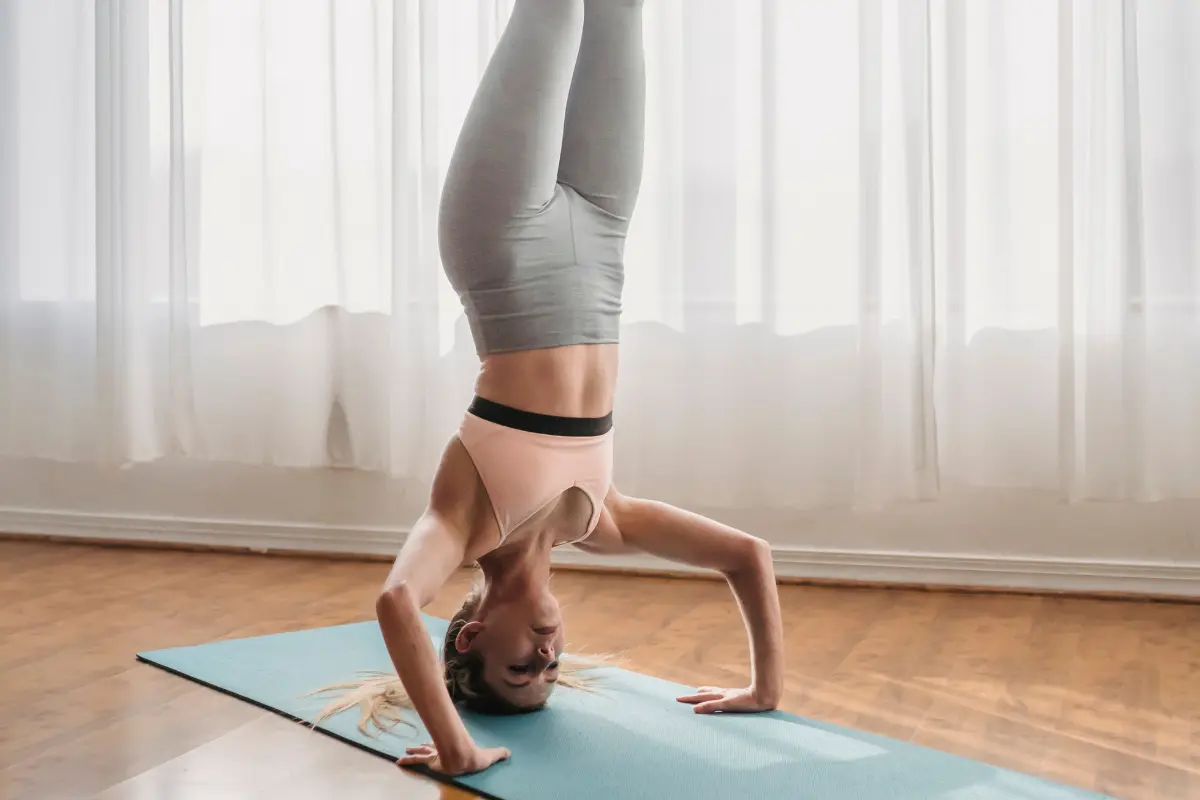Handstands are a challenging yet rewarding exercise, requiring a mix of strength, balance, and technique.
While the traditional kick-up is the most common method to get into a handstand, several other techniques can help you master this skill without kicking up. Here are six alternative ways to enter a handstand:
1. Tuck-Up Handstand
Popularity: High
Description: Starting from a crouching position, the practitioner jumps up, bringing the knees towards the chest, and extends into a handstand.
Starting Position: Begin in a deep squat or crouching position with your hands placed firmly on the ground shoulder-width apart.
Execution: Engage your core muscles and press through your shoulders to lift your hips upwards. As your hips rise, bring your knees towards your chest, ensuring your back remains straight and your movements are controlled. Once your hips are aligned over your shoulders, slowly extend your legs upwards into a straight handstand position.
Key Points: Focus on using your core and shoulder strength rather than momentum. Keep your movements smooth and controlled. Ensure your arms remain straight and your shoulders engaged throughout the transition.
2. Press Handstand
Popularity: Moderate to High
Description: Starting from a standing, seated, or straddle position, the practitioner lifts the legs off the ground using core strength and shoulder stability, gradually moving into a handstand.
Starting Position: Stand in a straddle position with feet wide apart and hands placed on the ground shoulder-width apart.
Execution: Shift your weight onto your hands while keeping your legs straight and straddled. Engage your core and lift your legs off the ground using your shoulder and core strength. Gradually raise your legs, maintaining a straddle position until your hips are over your shoulders. Once your body is balanced, bring your legs together to form a straight handstand.
Key Points: This movement requires significant core and shoulder strength. Move slowly and focus on control to avoid using momentum. Maintain a straight body line and engage your entire body throughout the movement.
3. Headstand Entry
Popularity: Moderate to High
Description: The practitioner starts with a headstand and then transitions into a handstand by lifting the head off the ground and extending the arms.
Starting Position: Begin in a tripod headstand position with your forearms on the ground, elbows bent, and head resting lightly on the ground.
Execution: Engage your core and lift your head off the ground while pressing through your arms to lift your body upwards. Transition smoothly by straightening your arms and extending your legs into a straight handstand position.
Key Points: Ensure a smooth transition by maintaining core engagement and control. Focus on lifting through your shoulders and avoiding any sudden movements. Keep your body aligned and stable throughout the transition.
4. Handstand Push-Up Entry
Popularity: Moderate
Starting Position: Begin in a bent-arm handstand position with your head close to the ground and your elbows bent.
Execution: Engage your shoulders, triceps, and core muscles to press your body upwards. Straighten your arms gradually to lift into a straight-arm handstand position. Ensure your body remains aligned and controlled during the press.
Key Points: This entry relies heavily on upper body strength, particularly in the shoulders and triceps. Keep your core tight and focus on pressing evenly through both arms. Control your movements to maintain stability and balance.
5. Handstand Walk-Up (Wall Walk)
Popularity: Moderate
Description: The practitioner starts facing a wall, walks their feet up the wall, and then walks their hands closer to the wall until in a handstand position.
Starting Position: Start in a plank position with your feet against a wall and your hands shoulder-width apart on the ground.
Execution: Begin by walking your feet up the wall while simultaneously moving your hands closer to the wall. Continue until your body is in a vertical handstand position with your stomach facing the wall. Once in the handstand, hold the position or carefully walk away from the wall for a freestanding handstand.
Key Points: Move slowly and ensure your core and shoulders are engaged throughout the movement. Maintain a straight body line as you walk up the wall. Focus on control and stability to prevent losing balance.
6. Bent Arm Press
Popularity: Moderate
Description: From a bent arm position on the ground, the practitioner extends the arms to lift into a handstand.
Starting Position: Begin in a crouching position with your hands placed on the ground shoulder-width apart and elbows bent.
Execution: Engage your shoulders and triceps to straighten your arms, lifting your body into a handstand. Use your core and shoulder strength to control the lift and stabilize your body as you transition into the handstand position.
Key Points: This movement requires significant upper body strength and control. Focus on pressing evenly through both arms and engaging your core to maintain stability. Move slowly and deliberately to avoid using momentum.
Benefits of Entering a Handstand Without Kicking Up
Using alternative ways to enter a handstand, like the press, tuck-up, headstand transition, and wall walk, has many advantages:
- Superior Control:
Entering a handstand without kicking up focuses on control rather than momentum. This method requires using core muscles and upper body strength to lift into the handstand gradually, improving body awareness and resulting in more precise and balanced handstands.
- Strength Building:
Controlled entries engage more muscle groups, especially the shoulders, arms, and core. This helps build significant upper body strength, essential for a steady handstand and advanced variations. The gradual lifting motion intensifies muscle work, enhancing endurance and overall strength.
- Reliable Technique:
Without relying on momentum, practitioners develop consistent handstand techniques. Controlled entries improve hand placement, shoulder engagement, and core activation, leading to precise and successful handstand entries and reducing bad habits.
- Injury Prevention:
Kicking up can lead to over-rotating and falling, risking injury. Controlled handstand entries promote a gradual ascent, minimizing the risk of falling and allowing for balance corrections. This method also protects the wrists, elbows, and shoulders from excessive strain, supporting long-term joint health.
- Strong Mind-Body Connection:
Controlled handstand entries require heightened body awareness and concentration, fostering a strong mind-body connection. This improves alignment, weight distribution, and muscle engagement, benefiting overall physical and mental well-being.
Conclusion
Incorporating these alternative handstand entries can transform your approach to this challenging yet rewarding skill. You’ll develop a more refined and confident handstand practice, paving the way for mastering advanced variations and achieving long-term success.












